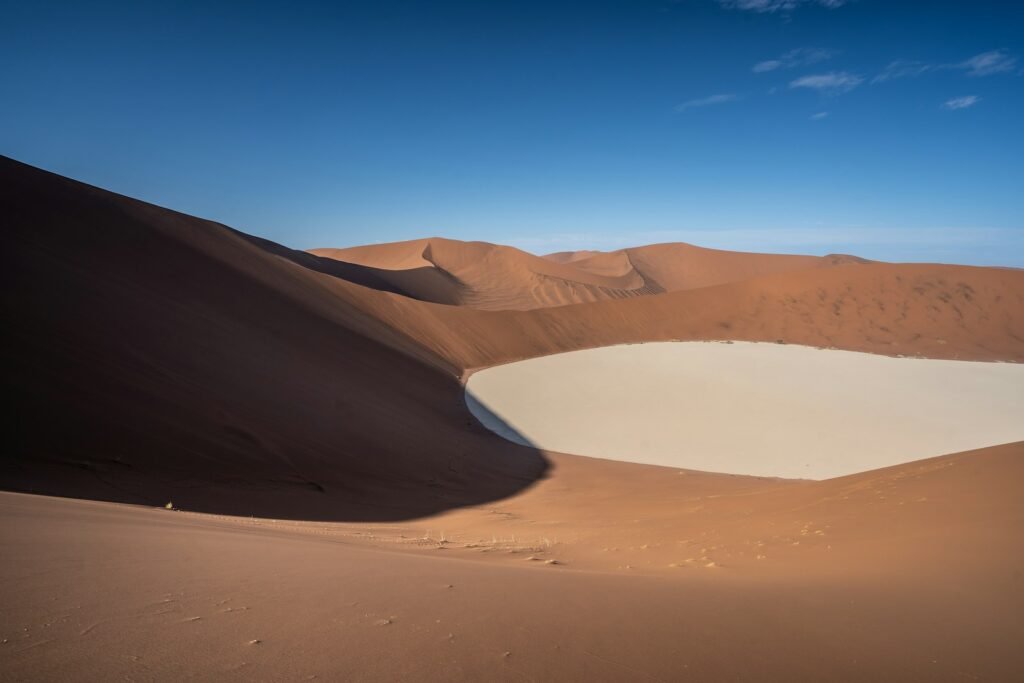Imagine standing in the blazing heart of the American Southwest, dry wind whipping dust across endless stretches of sand and stone. Now, close your eyes and picture this same place as a vast, glittering sea, water stretching horizon to horizon, ancient waves lapping at the feet of mountains. It sounds impossible, almost dreamlike, but it’s true: long before the cacti, canyons, and sun-baked earth we know today, much of the Southwest was submerged beneath enormous lakes and inland seas. These “ghost lakes” have left behind haunting traces—shorelines etched into cliffs, shells hidden in the sand, and even fossilized fish where now only coyotes roam. What happened to these lost waters? Why did they vanish? And what secrets do they still whisper beneath the desert sun? Let’s take a journey through time and memory, and dive into the fascinating, forgotten world of the desert’s ancient lakes.
The Prehistoric Southwest: A Watery Wonderland

It’s hard to imagine now, but the Southwest wasn’t always a land of drought and dust. Millions of years ago, shifting continents and changing climates created a landscape dotted with lakes, marshes, and rivers. These watery realms teemed with life—fish, amphibians, giant mammals, and even ancient reptiles all thrived here. Geological evidence shows that during periods like the Pleistocene, the region was far wetter than it is today. Climate swings, driven by ice ages and shifting jet streams, filled low-lying basins with water. From Utah to Arizona and Nevada, the land we now call desert was once an oasis, rich with wetlands and flowing streams. These lush environments supported not just animals, but also early humans, who hunted and gathered along their shores.
Lake Bonneville: The Inland Sea of Utah

Perhaps the most famous of the ghost lakes is Lake Bonneville, once a giant inland sea covering much of present-day Utah and parts of Idaho and Nevada. At its height, Lake Bonneville was almost as big as modern-day Lake Michigan—imagine nearly half the state of Utah underwater! Its deep, blue waters lapped against the foothills, and its waves carved dramatic shorelines into the mountains that still stand today. Remnants of Lake Bonneville are everywhere: the Great Salt Lake, Utah Lake, and Sevier Lake are all shrunken echoes of its former glory. Fossilized shells, ancient beaches, and stacks of tufa rock are scattered across the landscape, silent markers of a watery past. When people drive past the Great Salt Lake today, few realize they’re gazing at the last ghostly remnant of a forgotten sea.
Pluvial Lakes: The Rain-Filled Basins of the Ice Age
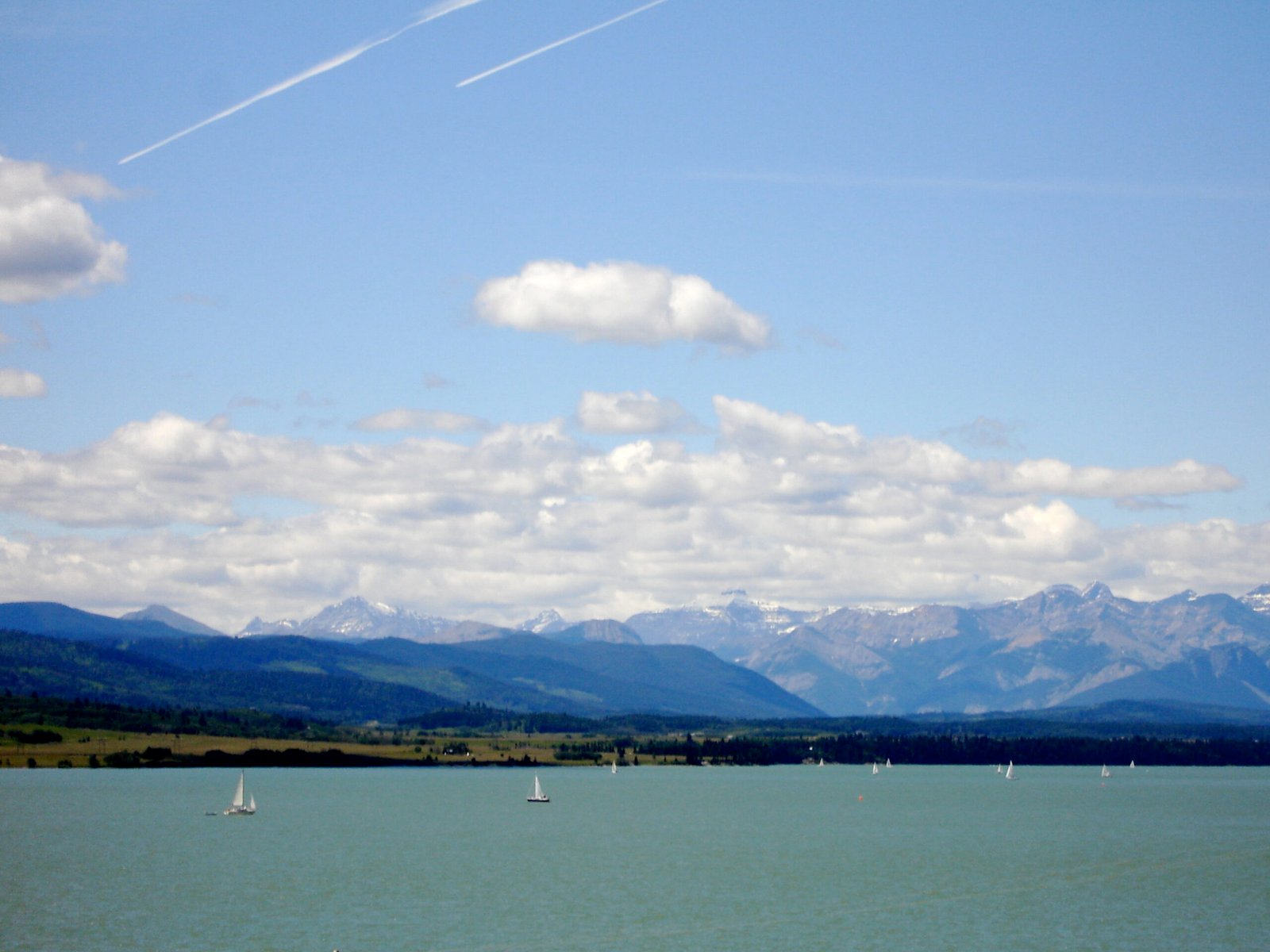
During the last Ice Age, the American Southwest was peppered with “pluvial lakes”—basins filled with water from heavy rains and melting glaciers. These lakes were not fed by rivers, but by the sky itself, as cooler, wetter climates dominated the region. Lake Lahontan in Nevada, Lake Manly in California’s Death Valley, and many others once sparkled across the desert. These were not small puddles; Lake Lahontan covered over 8,500 square miles, while Lake Manly stretched more than 100 miles through Death Valley. The remains of these pluvial lakes are still visible today, their former shorelines tracing eerie patterns high above the valley floors. These ghostly outlines remind us that the desert was once a place of abundance, not scarcity.
The Disappearance of Ancient Waters
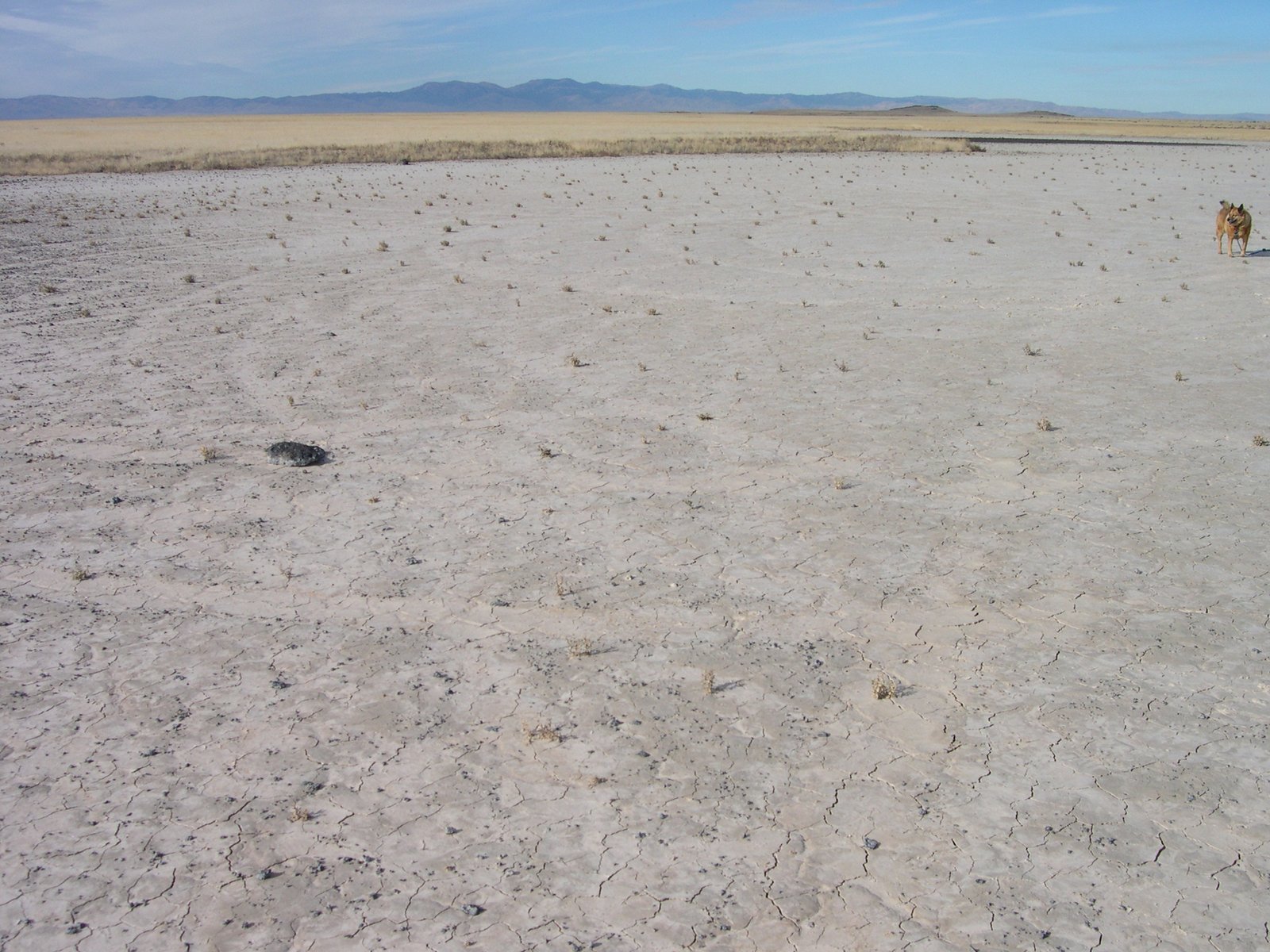
Why did these massive lakes vanish? The answer lies in the slow but relentless march of climate change. As the last Ice Age ended around 12,000 years ago, temperatures rose, and rainfall patterns shifted. The Southwest grew hotter and drier, and the lakes began to shrink. Some evaporated completely, leaving behind salt flats and dry playas. Others, like the Great Salt Lake, survived only as salty shadows of their ancient selves. This transformation was not sudden, but unfolded over thousands of years, as the balance between rainfall and evaporation tipped inexorably toward dryness. The story of the ghost lakes is, at its heart, a story of change—of a world transformed by time and climate.
Geological Clues: Shorelines Etched in Stone
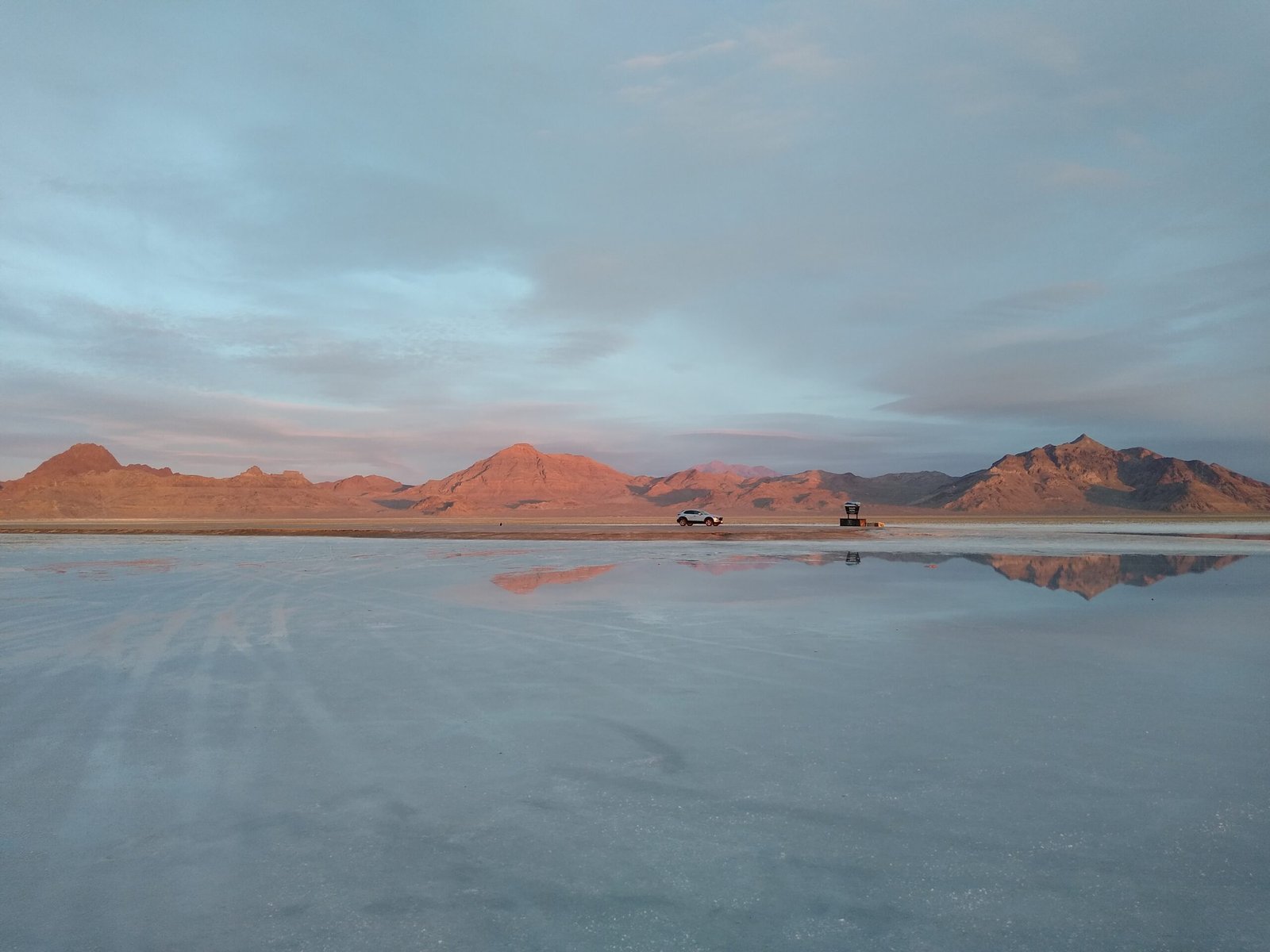
One of the most haunting legacies of the ghost lakes are the ancient shorelines that still ring the mountains and basins of the Southwest. These wave-cut terraces are visible as horizontal stripes etched into hillsides, sometimes hundreds of feet above today’s valley floors. In places like the Bonneville Salt Flats, these old beaches are so well preserved they look like the work of a giant sculptor. Scientists use these clues to reconstruct the size, depth, and age of the ancient lakes. By analyzing sediments, fossils, and even isotopes in the rocks, geologists can piece together the story of how these lakes grew, shrank, and eventually disappeared. It’s like reading a diary written by water and stone, each layer a chapter in the desert’s watery past.
Fossils and Ancient Life: The Creatures of Lost Lakes

The ghost lakes were not just bodies of water—they were thriving ecosystems, home to a dazzling array of plants and animals. Fossil beds in the Southwest are filled with the remains of fish, clams, and snails that once swam in these ancient waters. Even more astonishing, scientists have uncovered bones of mammoths, camels, and giant ground sloths along former lakeshores. Some lakes, like those in the Nevada desert, hold fossilized footprints—tracks left by animals as they came to drink at the water’s edge. These fossils reveal a world far different from the barren deserts we see now, a place where wetland birds soared, frogs croaked in the reeds, and massive mammals lumbered through lush grasslands. Each fossil is a message from the past, whispering tales of abundance and diversity.
Human Encounters: Ancient Peoples and Their Lakes

Long before European settlers arrived, ancient peoples lived beside these ghost lakes, relying on their bounty for survival. Archaeological sites reveal that Native Americans hunted, fished, and gathered along the fertile shores of places like Lake Mojave and Lake Lahontan. Arrowheads, grinding stones, and even ancient campsites have been found in sediments that once lay beneath the water. Some cultures built fish traps or left behind pictographs depicting waterfowl and aquatic life. The story of the ghost lakes is also a story of people—of how humans adapted to shifting climates, changing their ways of life as the waters rose and fell. These ancient memories still echo in the traditions and stories of Native communities today.
Salt Flats and Playas: The Remnants of Vanished Seas

Where lakes once shimmered, vast salt flats and dry playas now stretch under the burning sun. The Bonneville Salt Flats, a dazzling white expanse in western Utah, is perhaps the most famous of these. The salt crust is all that remains of Lake Bonneville’s ancient waters, left behind as the lake slowly evaporated. Other dry lake beds, like the Black Rock Desert in Nevada or the Salton Sea in California, are reminders of how quickly water can come and go in the desert. These barren landscapes are both beautiful and haunting, a testament to the power and impermanence of nature. Today, they serve as playgrounds for racers, artists, and dreamers, but their true story lies hidden beneath the salt.
Mirages and Myths: Ghost Lakes in Desert Lore

The idea of lakes hidden in the desert has captured human imagination for centuries. Early explorers and settlers often reported seeing shimmering “seas” on the horizon—mirages caused by heat and light bending over the hot sand. These optical illusions fueled legends of lost lakes, hidden treasures, and vanished civilizations. Even today, stories of ghost lakes persist in the folklore of the Southwest. Some Native American myths speak of ancient floods and waters that once covered the land, while modern treasure hunters still search for phantom oases. The ghost lakes are not just geological facts—they are part of the desert’s living story, woven into the dreams and fears of those who cross its sands.
Modern Echoes: Water in the Desert Today

Although the great lakes have vanished, their legacy still shapes the Southwest’s water story. Many cities, farms, and industries rely on groundwater stored in ancient lakebeds, tapping into aquifers laid down during wetter times. The soils and minerals left behind by the ghost lakes influence everything from agriculture to salt mining. Even today’s rare desert rains can briefly fill dry basins, creating temporary lakes that shimmer for a few weeks before vanishing again. The struggle for water continues, as drought and climate change put new pressures on the region. The ghost lakes remind us that water is both precious and fleeting—and that the desert is always changing.
Scientific Sleuths: Uncovering the Secrets of Ancient Lakes

Piecing together the story of the Southwest’s ghost lakes is a bit like solving a giant, sandy puzzle. Geologists, paleontologists, and archaeologists all work together, digging, drilling, and analyzing clues left behind by water and life. Satellite images reveal faint traces of ancient shorelines, while chemical analysis of sediments tells us about the climate and chemistry of lost lakes. Radiocarbon dating helps pin down the timeline of when these lakes filled and dried. Each new discovery adds another brushstroke to the picture, transforming dry landscapes into living maps of the past. The adventure of scientific discovery continues, as researchers look for new ways to read the desert’s watery history.
Climate Change: Lessons from the Ghost Lakes
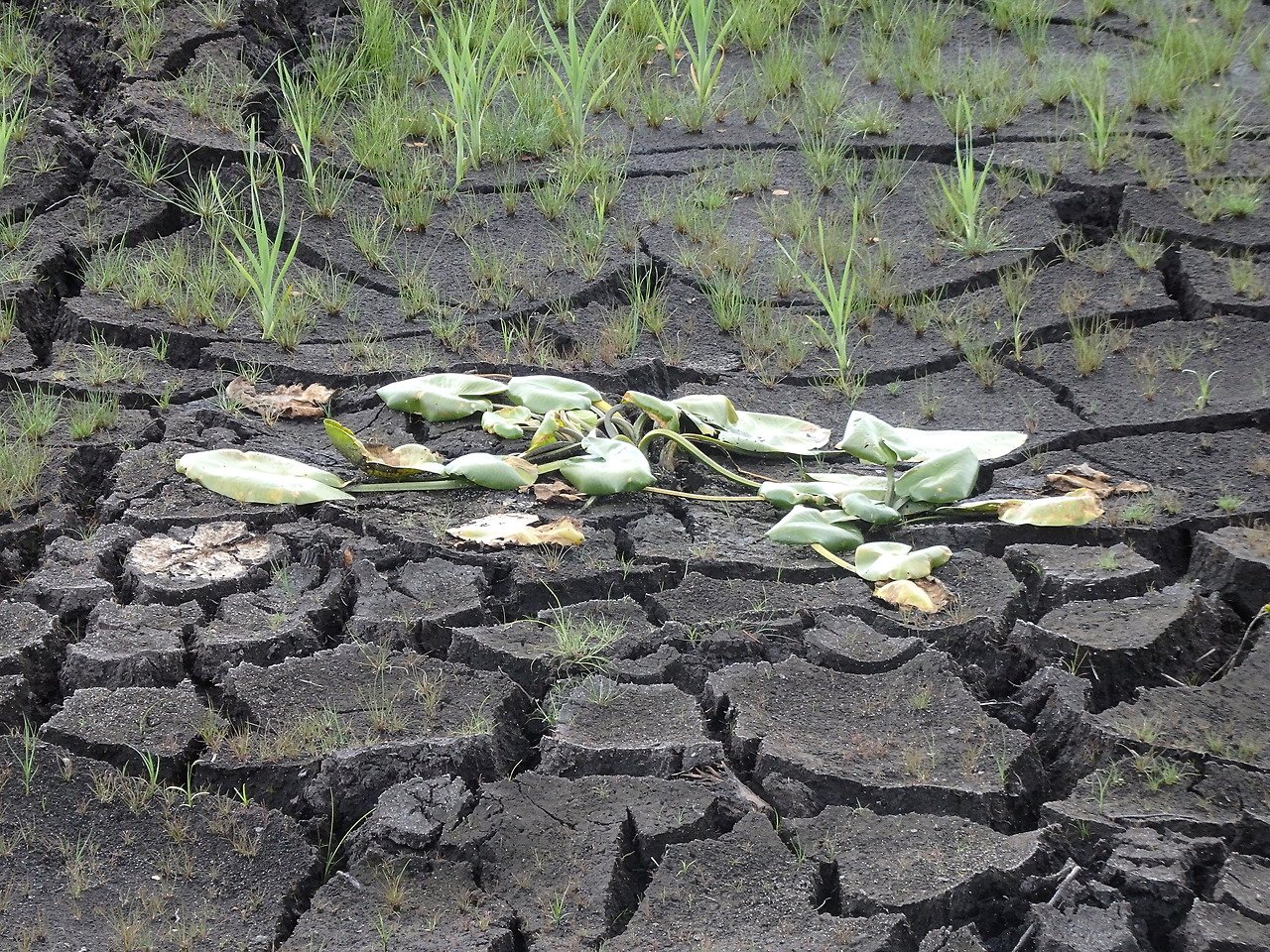
The rise and fall of the ghost lakes hold powerful lessons for our own time. As the Southwest faces modern droughts and water shortages, scientists look to the ancient lakes for clues about how the land responds to shifting climates. The story of these vanished waters is a stark reminder that even massive lakes can disappear when rainfall dwindles and temperatures rise. Studying the past helps us understand the risks and possibilities of the future—how new lakes might form, or how today’s water might vanish. The ghost lakes are both a warning and a promise, showing us that change is constant and survival depends on adaptation.
Strange Survivors: Life in the Wake of Lost Lakes
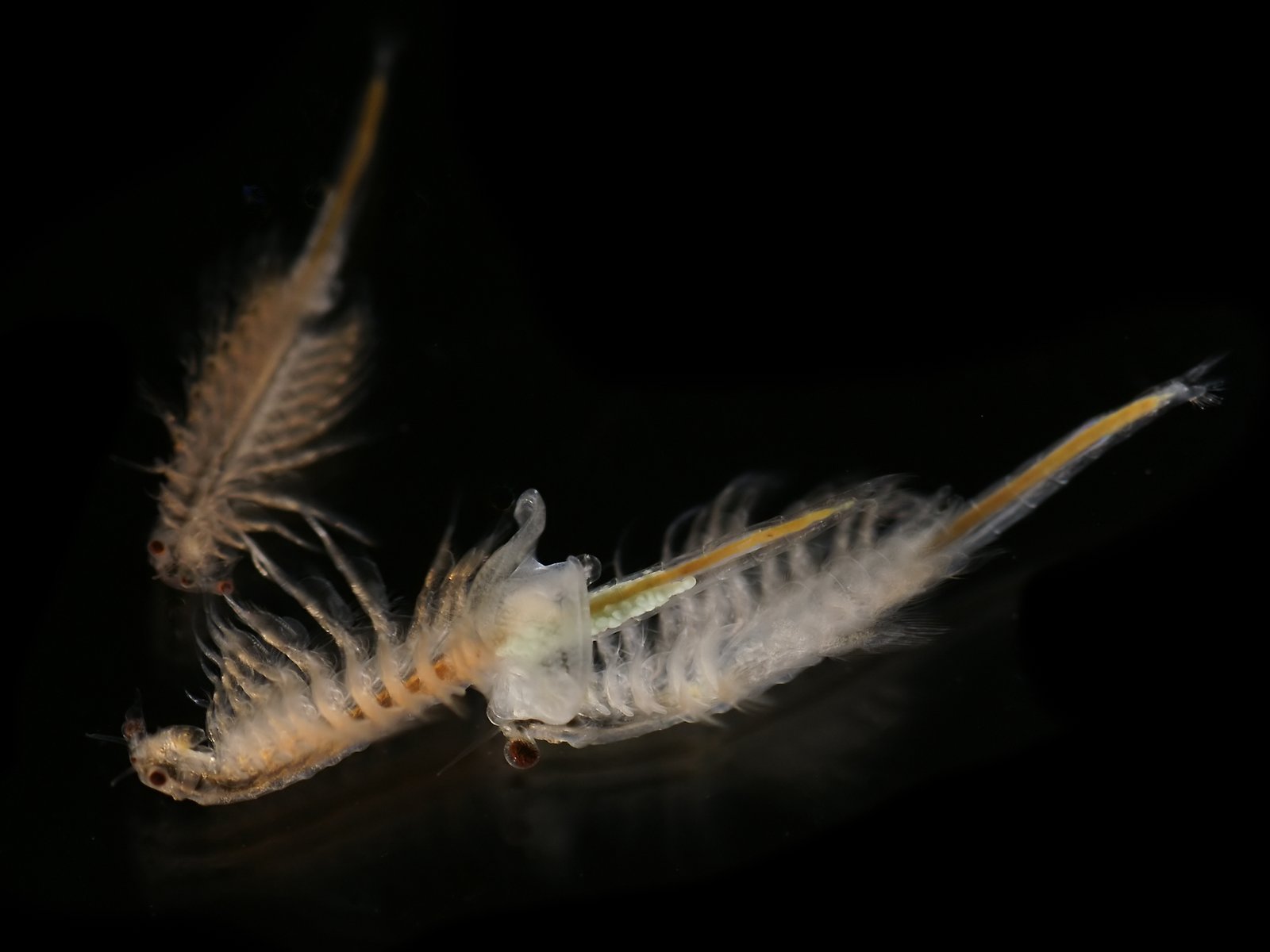
You might think nothing could survive in the harsh deserts left behind by the ghost lakes, but life is nothing if not stubborn. Brine shrimp, salt-tolerant plants, and hardy bacteria still thrive in places like the Great Salt Lake. These strange survivors are the descendants of creatures that once flourished in the ancient waters, now adapted to extreme heat and salinity. Migratory birds flock to salty ponds and marshes, drawn by the bounty of life that persists against all odds. The ghost lakes may be gone, but their legacy lives on in the wild and wonderful creatures that call the desert home.
Reawakening Waters: When Lakes Return
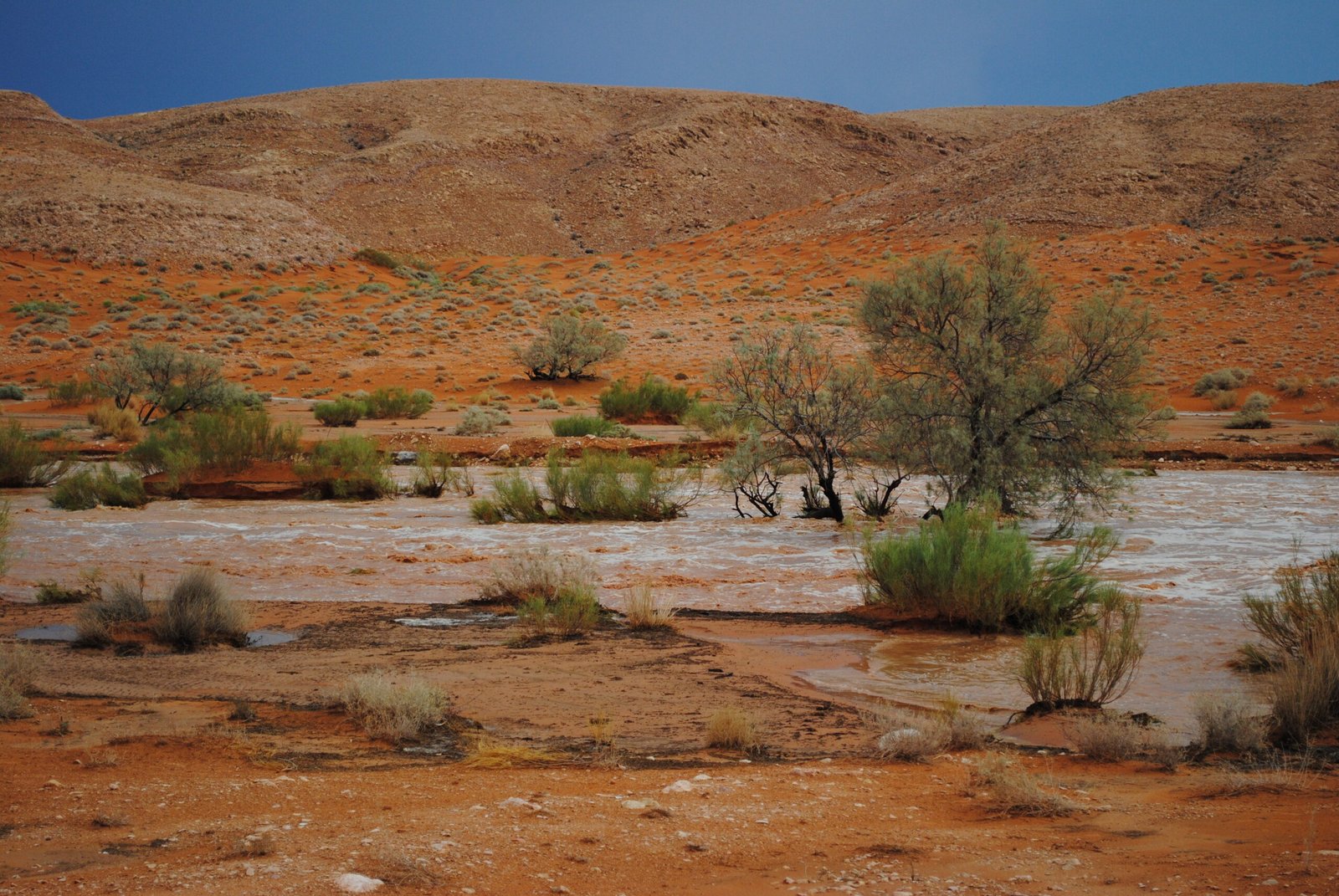
Every so often, nature pulls a trick and the ghost lakes come back to life—if only for a short while. Heavy rains or floods can fill dry basins, recreating ancient lakes for a few days or weeks. In 2005, a rare flood in Death Valley turned the salt flats into a shimmering lake, attracting photographers, tourists, and birds. These brief returns are reminders of the land’s hidden potential, of the water that still lurks underground or waits in the sky. They show that the desert is never truly dead—just sleeping, waiting for the right moment to awaken.
Art and Inspiration: Ghost Lakes in Culture

The haunting beauty of the ghost lakes has inspired artists, writers, and dreamers for generations. Painters capture the stark white of the salt flats, while photographers chase the rare reflections of water in the desert. Poets and novelists find meaning in the vanished waters, using the lakes as symbols of memory, loss, and hope. Even Hollywood has been drawn to these landscapes, filming science fiction epics and wild car races on the salt flats. The ghost lakes are more than just geological curiosities—they are canvases for human imagination, reflecting our fascination with what was, and what might be again.
What the Desert Remembers: Legacy of the Lost Lakes

The story of the Southwest’s ghost lakes is written in stone, salt, and memory. Their legacy shapes the land, the people, and the very way we think about water and survival. From ancient fossils to modern aquifers, from Native legends to scientific research, these lost waters tie together past, present, and future. They remind us that even the driest deserts were once seas, and that change is the only constant in nature. The ghost lakes whisper their secrets to anyone willing to listen—beckoning us to look closer, dig deeper, and never take the present for granted. Who would have guessed that beneath the sun-cracked earth lies the memory of a world underwater?

